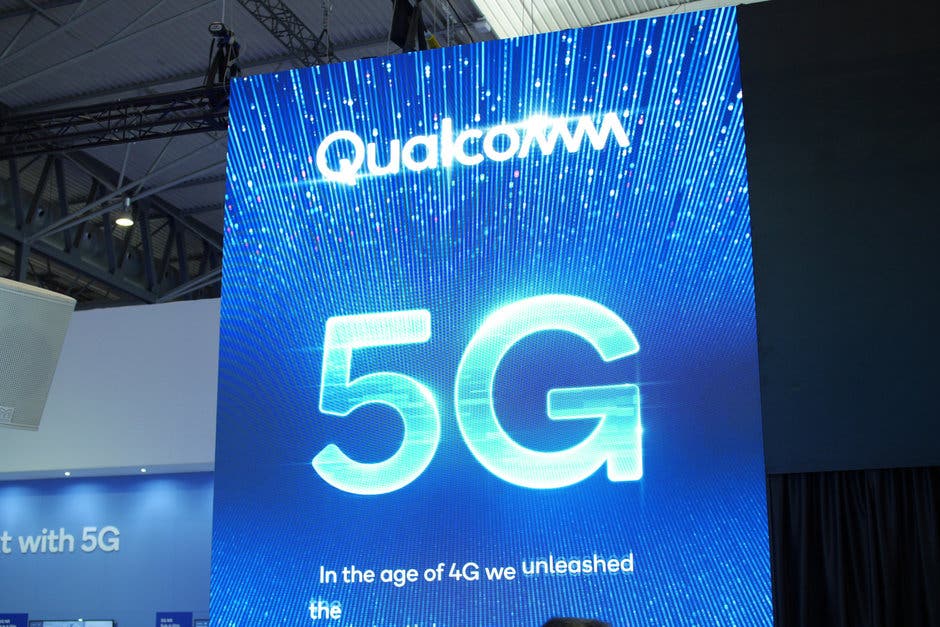Today, Tianfeng International analyst, Ming-Chi Kuo released a report saying that the iPhone is expected to adopt Apple’s 5G baseband chip as soon as 2023. By 2023, Apple should be releasing the iPhone 15 (if there is no change in name). However, the iPhone 15 is only a tentative name for Apple’s 2023 iPhones. Qualcomm will be forced to win more orders in the low-end market to make up for the loss of Apple orders. According to the report, due to the shortage of supply, the bargaining power of MediaTek and Qualcomm for brand manufacturers has been reduced. The implication of this is a significant increase in the competition in the low-end market.

According to Ming-Chi Kuo, MediaTek’s 5G SoC advantage lies in close cooperation with TSMC. However, Qualcomm will switch its low-end (6nm) and high-end (4nm) 5G SoCs to TSMC in 2021 and 2022, respectively. The report predicts that TSMC will ship Qualcomm’s 7325 and 6375 in the second and third quarters of 2021, respectively. This will help the American chipmaker to regain its market share from MediaTek.
MediaTek and Qualcomm have some challenges to overcome
The report believes that MediaTek’s share price reflects in the increase of its market share. Also, there is an increase in its Average Selling Price (ASP). However, Kuo Ming-Chi believes that there are some challenges for Mediatek.
- MediaTek’s 5G SoC market share beats Qualcomm, reaching 50% – 55% in the first quarter of 2021. Analysts expect its share to increase slightly to 55% – 60% in the second quarter of 2021. However, this means that there is little or no room for future growth. The report believes that no brand wants a single SoC supplier to have an excessive market share.
- In terms of high-end SoC, MediaTek is still unable to replace Qualcomm. Apple will use its own baseband chip, which means that MediaTek does not have the opportunity for new customers to drive growth.
- MediaTek’s production advantage will gradually diminish as Qualcomm returns to TSMC.
The report also pointed out that Qualcomm’s stock price reflects in the increase in the ASP of 5G SoC, and the challenges it faces include:
- Qualcomm’s 5G will not be able to drive the demand for Android high-end 5G mobile phones. It will also lose iPhone baseband chip orders as early as 2023. Thus, it will be forced to compete with MediaTek in the low-end market.
- TSMC’s bargaining power is higher than Qualcomm’s, so Qualcomm’s transfer of orders from Samsung’s foundry to TSMC will be detrimental to profits.
- With the sluggish demand for 5G mobile phones (outside China) and the foreseeable future improvement in supply shortages, Qualcomm may have to sacrifice profits to increase its market share of 5G SoC.
Featured Image: iPhone 13 render





